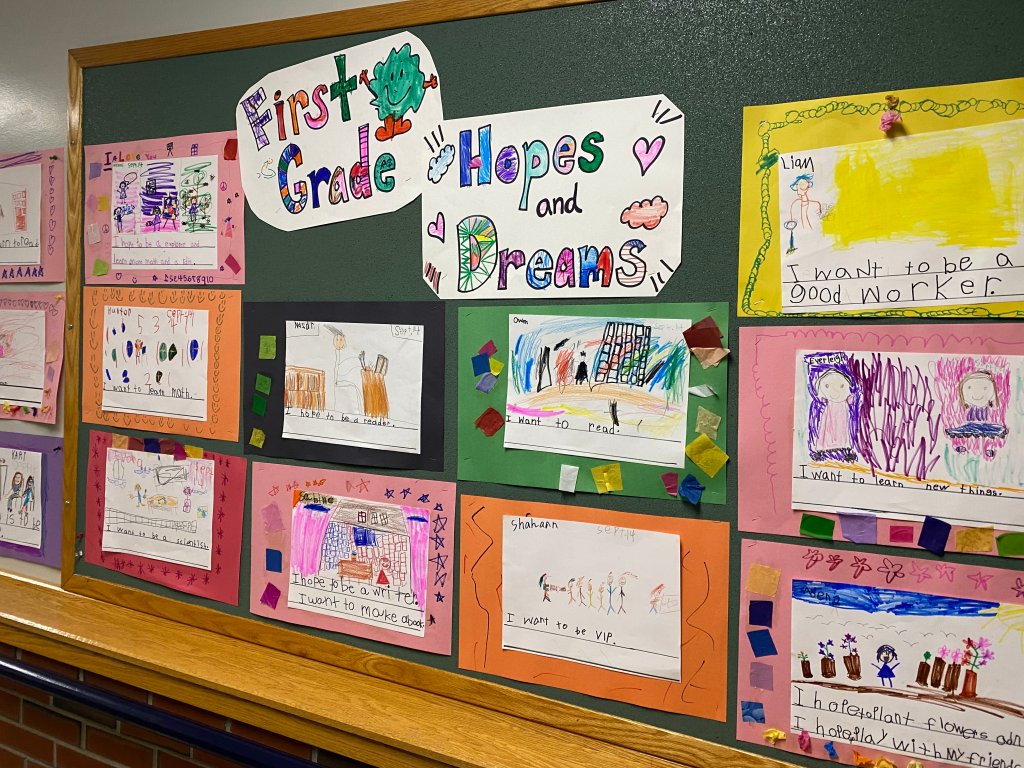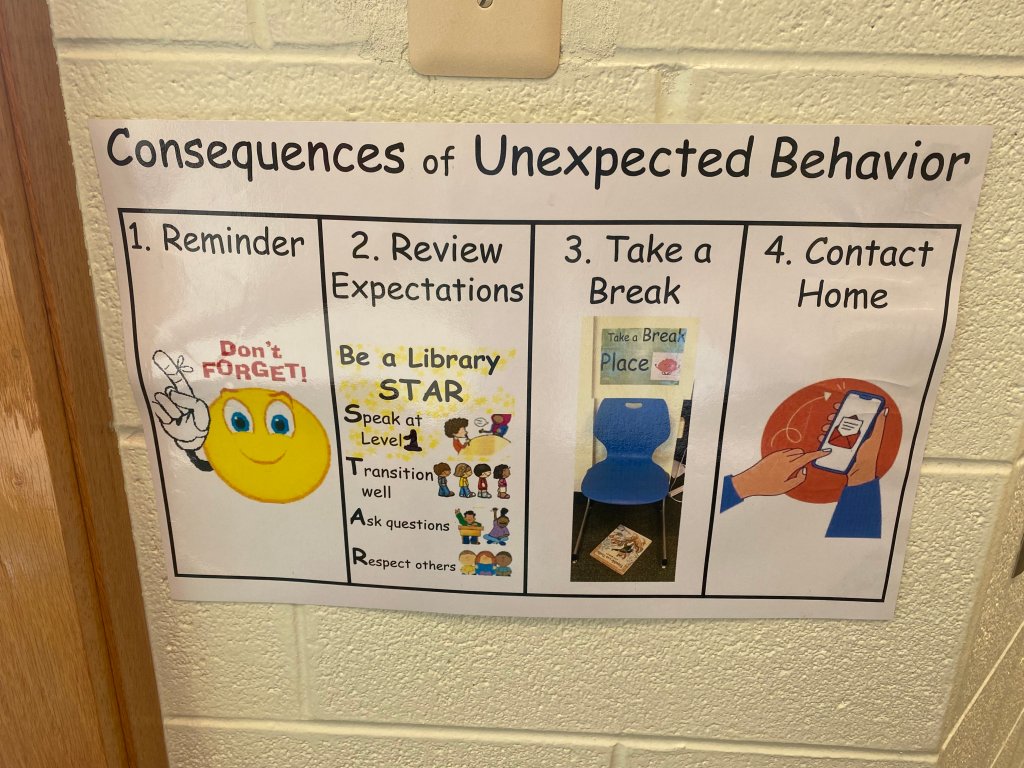4 Montessori Principles to Begin the School Year
Teachers can create an environment that is pleasant and welcoming and meets the developmental needs of their students.
Your content has been saved!
Go to My Saved Content.Every time I set up my classroom for a new group of students, I feel like a beginner again, wondering where to start. So I rely on experience and trusted resources to remind me what is most important when preparing for a new school year. A teacher’s job is to welcome students and set the tone for a positive year ahead. To do this well, I begin with four essential tasks: deciding on room arrangement, building relationships, establishing routines, and teaching classroom norms.
These principles are important for every age, especially in the elementary years when children spend most of their day in one classroom setting. Using some ideas that are common in Montessori elementary school classrooms that can be adapted in any classroom, you can create an environment that is aesthetically pleasing, is welcoming, and meets the developmental needs of your students—so you all can be excited about beginning a new year together.
1. Deciding on Room arrangement
My training as a Montessori educator taught me the importance of having a well-designed classroom environment that is attractive to students and well organized, with materials easily accessible for children to use independently. Often, this space is divided into different learning zones so that children can find materials easily. This helps develop executive functioning skills and encourages students to take ownership of their learning as they begin to explore and feel comfortable in the classroom.
Carefully designed spaces help create a flow in the classroom where children can move around freely and work with peers. These spaces can include cozy corners for reading and math, science, writing, and art centers, as well as areas for classroom meetings, whole group lessons, small group lessons, partner work, and independent work.
Flexible seating can be inviting and fun for kids, as it provides a variety of workspaces for them to try out to see where they work best. Plants and soft lighting can help the space feel like a home, and clutter-free walls make room for children to display their work so that they feel like they belong.
2. Building Relationships
At the beginning of the year, I focus on building relationships with students by learning about their interests outside of school and providing opportunities for them to deepen relationships with each other. The First Six Weeks of School is a favorite book that details how to intentionally foster those relationships.

A popular lesson from this book is having students reflect on their hopes and dreams for the year. Then we create art that represents these wishes and use that art to decorate our classroom walls. It’s a way for children to see that what they hope for is important to the classroom community.
Morning meetings allow students to interact through morning messages, sharing circles, activities, games, greetings, and songs. One of my favorite morning meeting activities is asking students how they are feeling. We collect responses and put them on a chart to validate what each of us brings to the circle each morning.
We also have a closing circle that provides a chance to reflect on the day, set intentions for tomorrow, offer compliments to each other, and have a peaceful ending to our day.
3. Establishing the Schedule and Routines
Another important task is deciding the schedule and routines that will guide your day. Making a schedule that meets the needs of students—with plenty of time for exploration, active movement, outdoor time, quiet time, workshops, and interaction with peers—can set the tone for a day centered on keeping students actively engaged in their learning.
Maria Montessori said, “One test of the correctness of educational procedure is the happiness of the child.” I have learned that this begins with the daily schedule and how you design your classroom day to keep kids happy and busy, with limited waiting times when they are expected to listen and be quiet and more active times when they can work independently or with peers.
In the first days of school, I spend a lot of time building a consistent schedule so that students know what to expect at different times of the day and teaching the routines that will help us move efficiently through the school day. Knowing what to expect helps students feel confident in their classroom. For example, we practice how to line up, how to return supplies to where they belong after lessons, how to get the teacher’s attention when needed, and how to use materials in the classroom. We practice these things often, with lots of modeling and opportunities for children to explore the classroom environment until they feel comfortable with the flow of our day together.
4. Setting Classroom norms
Tom Bennett’s Running the Room reminds me of the importance of establishing classroom rules, expectations, and norms to help the classroom function smoothly. Until classroom behavior is taught and reinforced, academics cannot happen effectively. So I spend a lot of time modeling and practicing expectations, such as how to share materials and how to listen during lessons at the beginning of the year.
I always involve children in making classroom rules and narrow them down to just a few so that expectations are clear and brief and can be displayed prominently on posters in the classroom. Then, we make charts to show these rules and provide clear examples for students.

From the beginning, we strive to create a safe classroom by teaching things such as that it is OK to make mistakes; that everyone will be treated with dignity at all times; that bullying, rudeness, or discrimination will not be allowed; and that everyone will be given a chance to be heard. We practice how our class rules will be consistently reinforced by providing reminders and spaces for taking a break during lessons when needed, contacting families, and losing privileges if necessary. The beginning of the year is the time to establish, teach, and practice these classroom norms and the consequences of not following them so that expectations are clear to all students.
August offers us the gift of renewal as we begin a new school year. It’s the chance to dive into creating a classroom space, schedule, routines, and rules that will motivate your students to launch into a successful year ahead.
